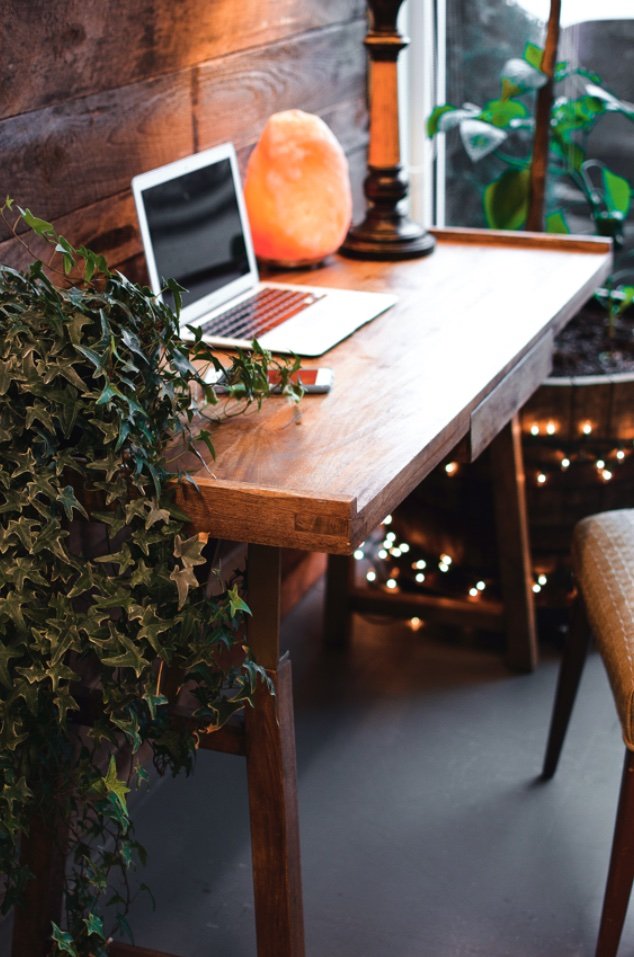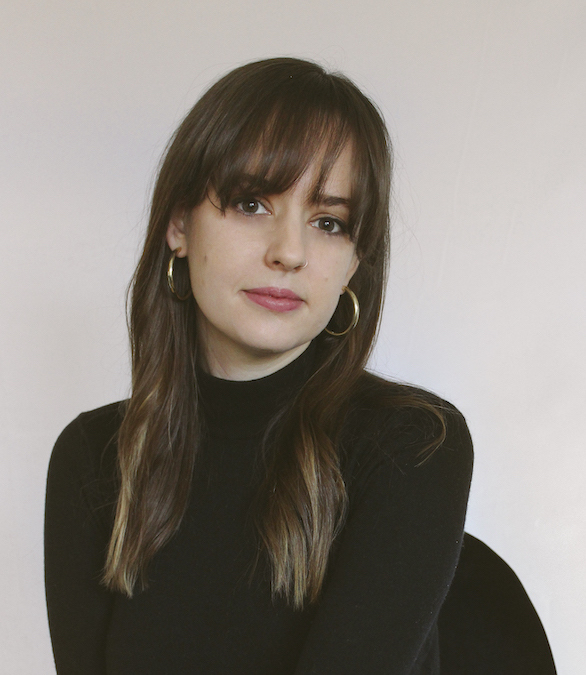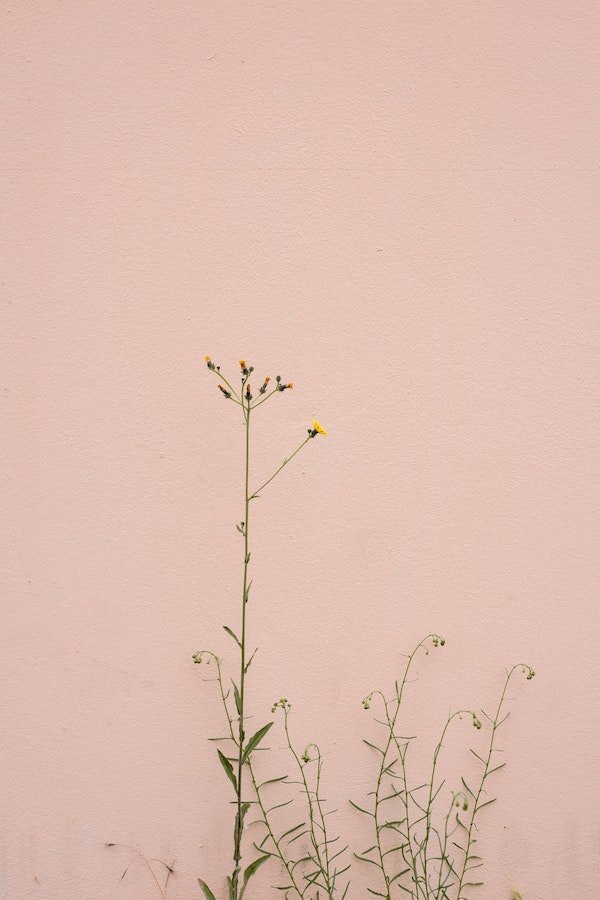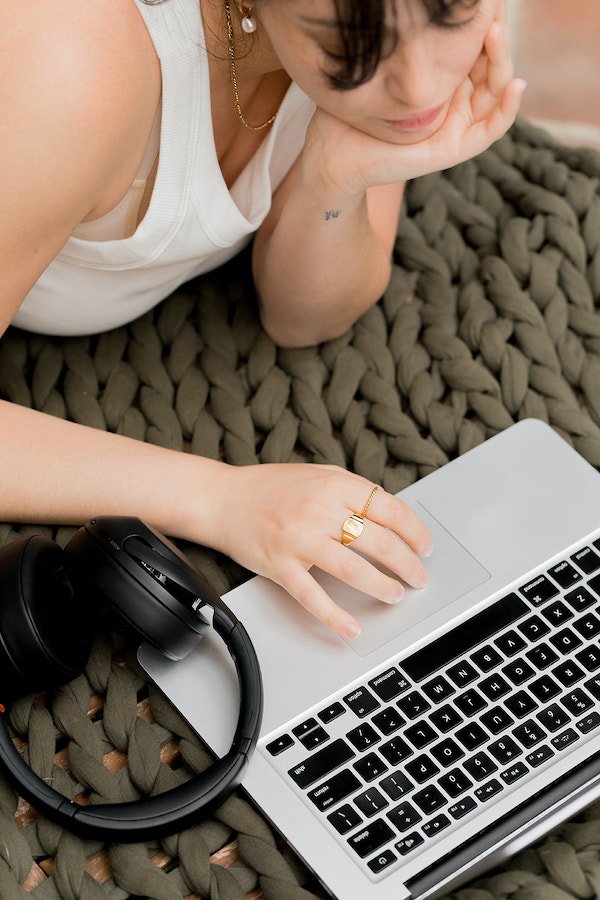
What Is Substack And How Can You Start Your Own?
“Beautiful piece, I think you just gave me enough food for thought for a few days,” reads a comment on a Substack post I wrote last spring. Even two years after launching Feelings Not Aside, a weekly newsletter for sensitive people, I continue to find myself surprised by the comments and emails I receive from strangers.
It began as an experimental project, one that I figured would fizzle out within a few months (okay, weeks—RIP to all the blogs I started in college). Slowly though, I noticed subscribers trickling in. The more often I posted, the more my reader list grew. Then one day, my subscriber count hit 1,000. This can’t be real? I told my husband one night after I got my first paid subscriber. Are people actually reading this—and paying me to write more? They actually were.
“A lot of writers say that Substack has allowed them to come back to a place of writing and editing which feels joyful and free.”
My Substack has since turned into something of a passion project and even a bit of a side hustle over the past two years. While my newsletter isn’t paying my rent or bills (just yet, because manifestation), it has helped connect me with a few thousand sensitive-identifying people around the world. Most importantly, it’s given me a place to express myself freely and write about topics (and in the styles) that I most enjoy.
“A lot of writers say that Substack has allowed them to come back to a place of writing and editing which feels joyful and free,” says Hannah Ray, Storytelling Lead on Substack’s Marketing Team. Ray is also a writer and editor for Substack’s inhouse publications, On Substack and Substack Reads, and a Substack author herself.
“The platform itself is very simple to use,” she says, adding that “the experience of writing really should be as delightful as possible.”
And delightful it is. Over the years, I’ve published writing on every available blog, website, and social media platform (yes, even TikTok), but Substack—which was started by Chris Best, Jairaj Sethi, and Hamish McKenzie in 2017—has been the most welcoming and enjoyable by far.
Substack is made for writers. No need to tinker with coding or design or even complicated newsletter templates. In this way, the company has solved a huge pain point for creatives like me: We want to spend our time and energy working on our art, not on building our audience, and definitely not on the medium to put it out there.
“Substack is made for writers. No need to tinker with coding or design or even complicated newsletter templates.”
Writers are not the only ones who are finding joy and freedom on Substack either. Matt Evans, the creator behind Fog Chaser—a monthly Substack for short original instrumental music compositions and accompanying visuals—started his newsletter as a way to create more meaningful connections with his listeners. He was also feeling exhausted by social media and the algorithms at-be.
“Personally, I’d rather spend my time and resources writing music and growing my newsletter rather than pitching to playlist ‘curators’ or screaming into the wind on social media for transitory results,” he says.
Ray adds to this, noting, “[a lot of writers] have grown increasingly dispassionate and exasperated with social media…if you are a producer of content you know that only a tiny percentage of your following is actually going to see a post. And that is consistently demoralizing.” (To this I say amen.)
Substack bypasses this problem, Ray explains. “You have a direct relationship with your supporters via email, and your distribution is always 100%.”
Another perk for creators—and it’s a huge perk, I should add—is getting paid to publish. I made my first $1,000 with Substack this past month (a big win since I only recently turned on paid subscriptions), and I can attest that making money on your own creative content is empowering. While Substack takes 10% of earnings, many writers like myself find this a small price to pay to write about what we truly love.
“Another perk for creators—and it’s a huge perk, I should add—is getting paid to publish.”
“Instead of having to bow to the ad-man, which often includes various curtails on your writing or pressures from editors to increase clicks, Substack writers are paid directly by their readers,” says Ray. “…Some writers are earning a much higher living than if they were on a staff job at a traditional (or online) media outlet.”
While the platform may not make everyone enough to live on, the supplemental income can make all the difference and give creators the motivation they need to keep creating. For reference: Substack newsletters collectively amassed more than 1.5 million paid subscriptions in the past five years—an estimated 5 to 10% of all Substack readership. This shouldn’t be surprising, of course, as the company’s mission is to help writers succeed and generate income from their own audiences and on their own terms.
The platform has evolved, too; what was once a newsletter space now functions as more of a creative hub, with audio and visual options, open threads where writers can engage with their readers, a Substack app, and more.
“It turns out that with this platform I’m able to send my songs to people directly, along with visuals and other inspirations,” says Evans. “Substack has only improved since I started using it a little over a year ago.”
As for me, I’ll admit I was skeptical about Substack at first. After having tried so many various ways to get my writing out there, I was hesitant that the newish (at the time) platform would be the solution to my woes.
What I forgot to factor in is that, as a reader, I love receiving emails from my favorite writers and creators. From Memoir Monday’s essay roundups to Roxane Gay’s emerging writer series to Lauren Hough’s micro-essays sent at unexpected hours throughout the day—I anticipate these Substacks in my inbox. I bookmark them, return to them, forward them to friends. Best of all, I don’t have to search them out or scroll through social media to find the content I most resonate with. In this way, Substack feels a bit like snail mail. The writing simply appears in perhaps the most personal online space out there, and I love that. It feels special and like I’m part of a creative club every time an email comes in.
“It feels special and like I’m part of a creative club every time an email comes in.”
It’s safe to say, Substack has quickly become home for thousands of creatives—from bestselling authors like Ashley C Ford and George Saunders to indie multimedia creators like Evans and, more recently, podcasters too.
“The diversity of writers we have on the platform is astounding,” says Ray. “I see a real breadth across disciplines, backgrounds, cultures and subject matters which shows me that Substack is a home for everyone.”
And it can be a home for you, too—whether as a reader or a writer. You can start with Substack’s Discover section, curated by Ray, to find publications you love and get ideas for your own.
“This project has had a major impact on my life, both personally and creatively,” says Evans. “[Fog Chaser] lets me build out the world that I want to live in — one that is shaped by nature, books, poetry, and music. And while it’s somewhat aspirational, I’m finding that the more I build it in my newsletter, the more I live it in my everyday life.”
I too feel a bit sentimental when I think about my Substack and how it’s shaped me as much as I’ve shaped it. I honestly didn’t expect that—not in 2022—to find a home on the internet for writing, reading, and building community. Yet here we are.
The subscriber list and exposure are nice, but those are not the reasons why I stay, or why I keep writing. It’s the home Substack offers Evans and me, as well as countless other creatives:
A place where we can finally create freely, without all the added noise.
Kayti Christian (she/her) is the Managing Editor at The Good Trade. She has a Master’s in Nonfiction Writing from the University of London and is the creator of Feelings Not Aside, a newsletter for sensitive people.





